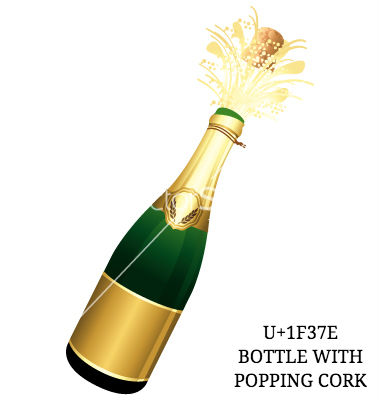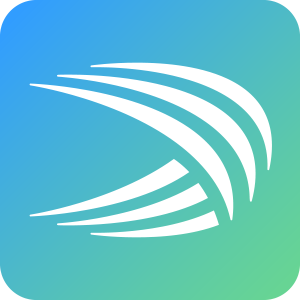
Version 8.0 of the Unicode Standard is now available. It includes
41 new emoji characters (including five modifiers for diversity), 5,771 new
ideographs for Chinese, Japanese, and Korean, the new Georgian lari currency
symbol, and 86 lowercase Cherokee syllables. It also adds letters to existing
scripts to support Arwi (the Tamil language written in the Arabic script), the
Ik language in Uganda, Kulango in the Côte d’Ivoire, and other languages of
Africa. In total, this version adds 7,716 new characters and six new scripts.
The first version of
Unicode Technical Report #51, Unicode Emoji is being released at the same time. That document describes the
new emoji
characters. It provides design guidelines and data for improving emoji
interoperability across platforms, gives background information about emoji
symbols, and describes how they are selected for inclusion in the Unicode
Standard. The data is used to support emoji characters in implementations,
specifying which symbols are commonly displayed as emoji, how the new skin-tone
modifiers work, and how composite emoji can be formed with joiners. The Unicode
website now supplies
charts
of emoji characters, showing vendor variations and providing other useful
information.
The 41 new emoji in Unicode 8.0 include the following:
Diversity
|
five emoji modifiers
|
Faces and Hands
|
NERD FACE, FACE WITH ROLLING EYES, ROBOT FACE
|
Food-Related
|
HOT DOG, TACO, CHEESE WEDGE, POPCORN
|
Sports
|
CRICKET BAT AND BALL, VOLLEYBALL, BOW AND ARROW
|
Animals
|
UNICORN FACE, LION FACE, CRAB, SCORPION
|
Religious
|
MOSQUE, SYNAGOGUE, PRAYER BEADS
|
(For the full list, including images, see
emoji additions for Unicode 8.0.)
Phones and computers often need operating system updates to
support new emoji, which may take some time. It is also now clear which existing
characters, such as the often requested SHOPPING BAGS, can be used as emoji.
Once phones and computers support these characters, people will be able to see
colorful images such as the BOTTLE WITH POPPING CORK above.
Three other important Unicode specifications are updated for
Version 8.0:
Some of the changes in Version 8.0 and associated Unicode technical
standards may require modifications in implementations. For more information,
see
Unicode 8.0
Migration and the migration sections of UTS #10, UTS #39, and UTS #46. For
full details on Version 8.0, see
Unicode 8.0.
 The Unicode® Consortium is pleased to announce that SwiftKey is joining the Unicode Consortium as an associate member. We look forward to their contributions to the Unicode Standard and other consortium work, which will involve helping to make data-driven decisions about which emoji ultimately make it to people's phones and other devices. As part of this decision-making process, SwiftKey will be providing the Consortium with aggregate, anonymized emoji usage data from its SwiftKey Cloud services.
The Unicode® Consortium is pleased to announce that SwiftKey is joining the Unicode Consortium as an associate member. We look forward to their contributions to the Unicode Standard and other consortium work, which will involve helping to make data-driven decisions about which emoji ultimately make it to people's phones and other devices. As part of this decision-making process, SwiftKey will be providing the Consortium with aggregate, anonymized emoji usage data from its SwiftKey Cloud services.





